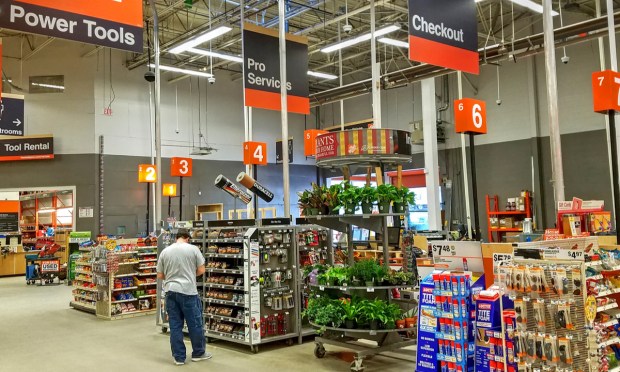Returns Without a Receipt: The Ticket to Loyalty or Fraud?

Returning without a receipt — at first thought, would you tie the ability to return an item to loyalty? These days, the answer is yes, as returns have evolved into a vital element of loyalty, as consumers often review return policies before even contemplating a purchase.
In an interview with PYMNTS, Loop Return’s CEO Jonathan Poma delved into the status of product returns and explored the factors that retailers must take into account to recover their expenses.
“As long as you are delivering a high quality, seamless and easy experience in the returns process and you can save that customer relationship — that’s critical,” Poma said.
Read more: Loop CEO Says Returns Experience Now Drives Brand Loyalty
Customers now anticipate a frictionless and cost-free returns process, and if that also means ditching the receipt for proof of purchase, retailers are willing to forgo it. By allowing returns without receipts, retailers demonstrate a commitment to convenience. In turn, this enhances customer satisfaction and fosters a positive perception of the retailer.
A lenient return policy can work wonders in building customer loyalty. When shoppers feel that a retailer trusts them enough to process returns without receipt requirements, they are more likely to return.
But Can It Come at a Cost?
In recent weeks, it came to light that a Connecticut man had allegedly acquired close to $300,000 in fraudulent Home Depot credit by visiting stores across multiple states, procuring high-value doors, and subsequently returning them without providing a receipt, as outlined by federal prosecutors.
Alexandre Henrique Costa-Mota, 26, from West Hartford, Connecticut, was arrested and detained without bail. The U.S. Attorney’s Office in Providence, Rhode Island, released a statement outlining that the charges pertained to wire fraud and a conspiracy to commit wire fraud.
According to court documents, Costa-Mota assumed the appearance of a contractor when entering the stores. Prosecutors claim that he would enter the premises empty-handed, and then place one or more doors, each worth hundreds of dollars, onto a lumber cart, then conveyed the doors to the service department and initiated a return without a receipt.
According to prosecutors, he obtained store credits in the form of cards, which he subsequently used at various stores.
When his return attempts were denied, he allegedly departed with the doors without paying, then bringing them back to a different store.
The scheme spanned Home Depot outlets in Rhode Island, Connecticut, Massachusetts, Maine, Maryland, Pennsylvania, New York and New Jersey. From June 2021 to February 2022, prosecutors charge that Costa-Mota obtained around 370 counterfeit store credits.
Home Depot upholds a policy that allows customers to return items without a receipt. The home improvement retailer has established measures aimed at preventing misuse, including the requirement of identification.
In this particular case, it seems that the accused initially used his own driver’s license for one return and later used several forged licenses, as detailed in court documents.
Read more: Home Depot: Consumers May Not Be Spending Big, but They’re Still Remodeling
Ted Decker, chair and CEO of Home Depot, has said that theft is a “big problem” for retail. “This isn’t the random shoplifter anymore.”
Retailers looking to employ a seamless returns process will need to strike a balance between customer convenience and fraud prevention. Implementing stricter return policies, requiring receipts or identification, and using advanced technology to track and verify returns are some ways to mitigate the risks associated with returns without receipts.
Additionally, investing in employee training to identify potential fraud and suspicious return patterns can aid in safeguarding the retailer’s financial health and reputation. However, the ultimate measure of success lies in how effectively all these requirements can still provide a seamless and enjoyable experience for the customer.
